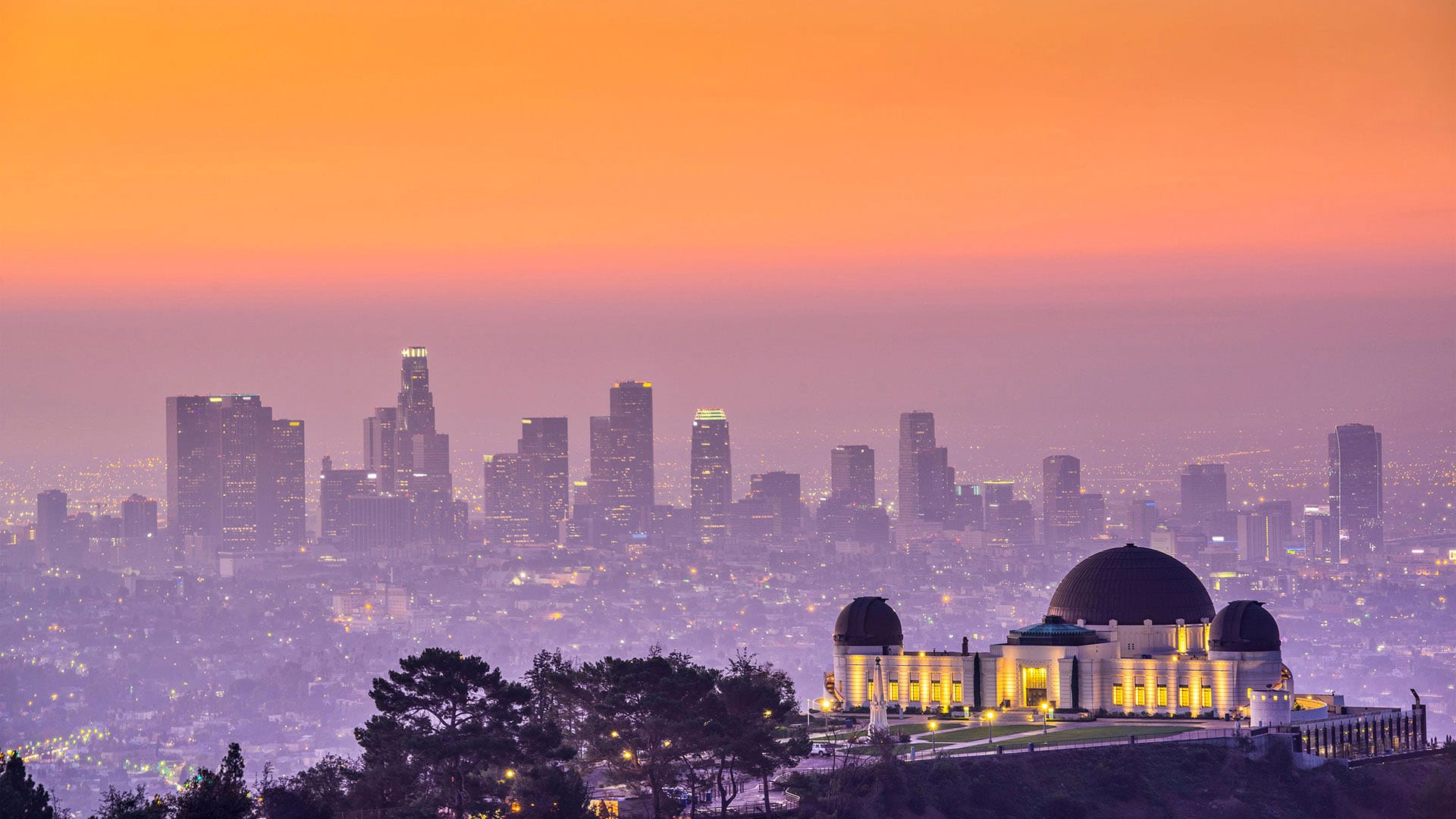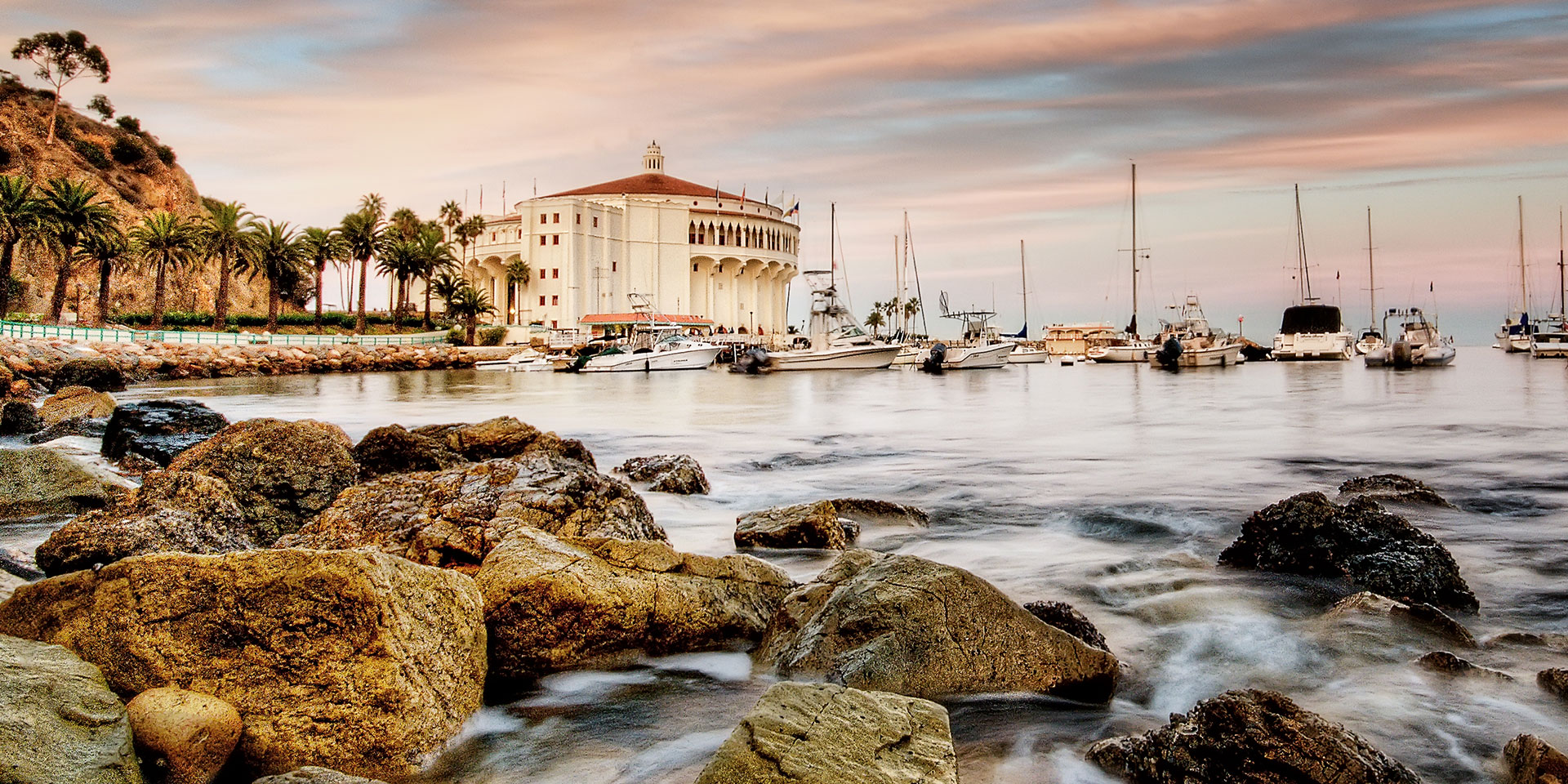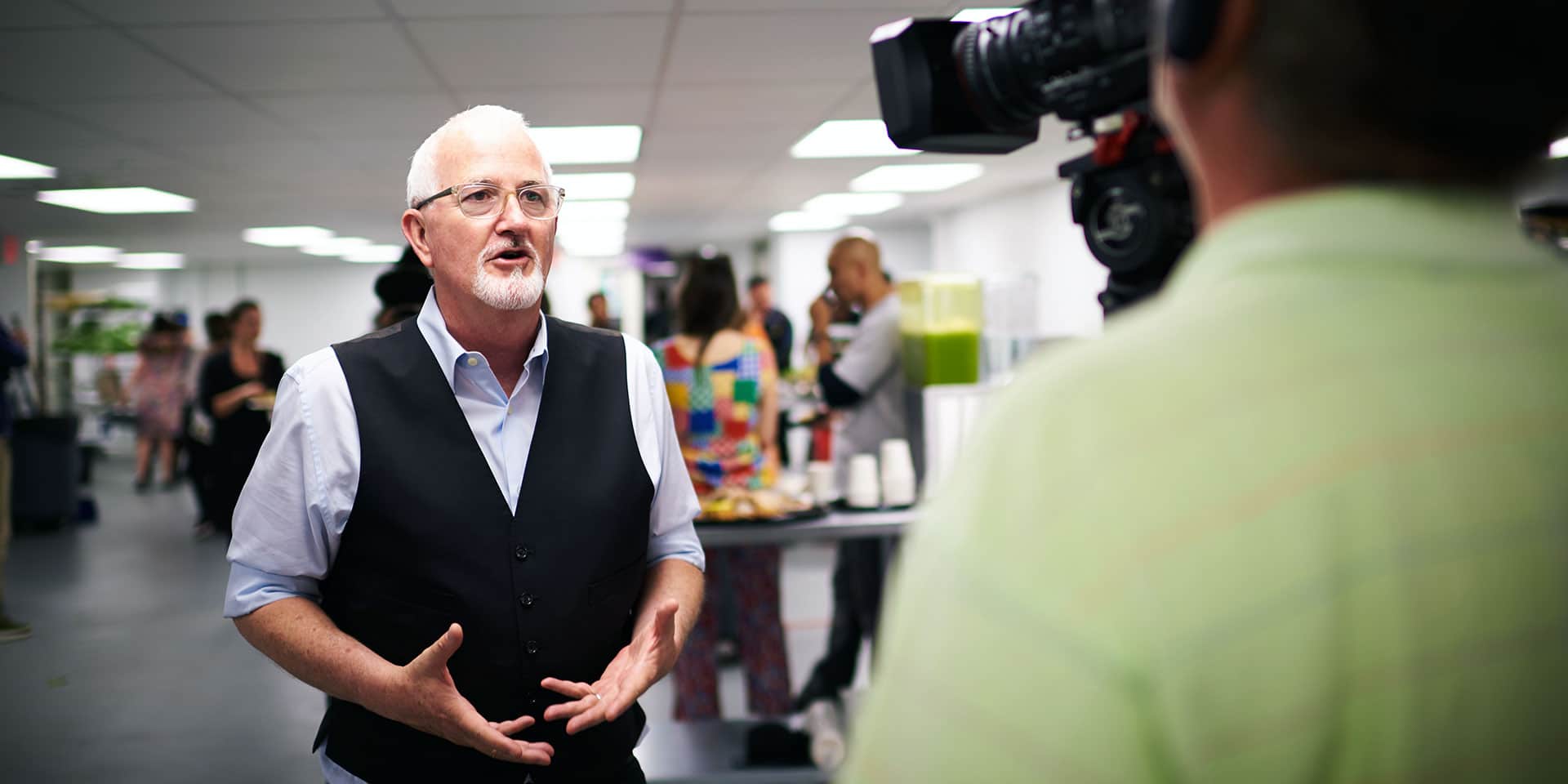
Activist Robert Eggers has made it his mission to serve the Los Angeles community. (Photo: Marriott International)
Los AngelesCommunity Activist Robert Egger on How to Eat Local and Give Back When You’re in L.A.
By Robin BennefieldRobert Egger never posts photos of his food on social media. As founder of L.A. Kitchen, a nonprofit organization dedicated to feeding the homeless and training them to work in the culinary arts, Egger is keenly aware of the number of people who don’t know when or where they may find their next meal.
“I don’t judge people who post those photos,” Egger said as a panelist at Summit LA, where Marriott TRAVELER was a sponsor. “I just suggest they consider adding #gratitude.”
L.A. Kitchen serves restaurant-quality, plant-based meals to L.A.’s homeless population prepared by previously displaced chefs alongside volunteers. Before taking the helm at L.A. Kitchen, Egger spent more than 20 years at D.C. Central Kitchen feeding and training homeless people.
Many of those trainees have gone on to work in food services at Marriott International and other companies. Egger has also joined forces with Summit Series’ One Table Pledge to serve 30,000 meals to the L.A. community.
Marriott TRAVELER sat down with Egger to talk community service in the food industry and how to give back to local communities by supporting local businesses and volunteerism.
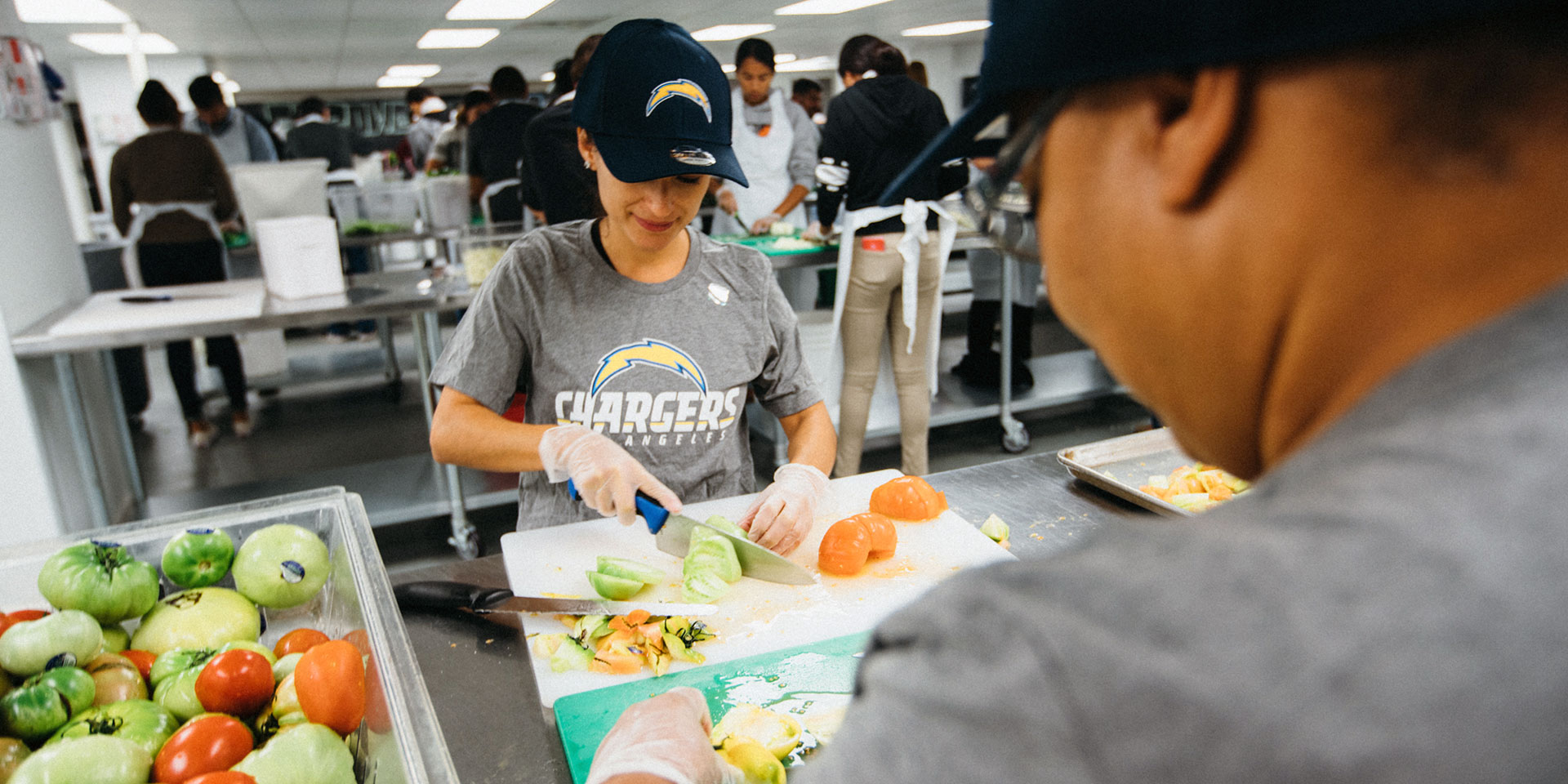
When you’re traveling and you’re taking in destinations, what do you do? How do you find ways to give back to that community?
Well, A, I’m a walker. So I walk. I’m a big believer in walking the community, getting a sense of it at a street level.
B, I always try and spend my money at a local business. Is there a local beer? So I’m trying to spend my money in the local economy.
C, I always buy a street newspaper. I love street newspapers. … I know the power of having Street Sense [a newspaper dedicated to ending homelessness in D.C.], or having been part of starting Street Sense in D.C., the power that holds for somebody.
If I see a street vendor, I always try to support a street vendor because that’s a hard life. You’re out there on the street, whether it’s hot dogs in New York or whether it’s tacos here.
Sometimes we can be tricked into thinking it really doesn’t matter, but tell that to that guy out there — the vendor on the street — that the two bucks you just dropped on a taco doesn’t help them.
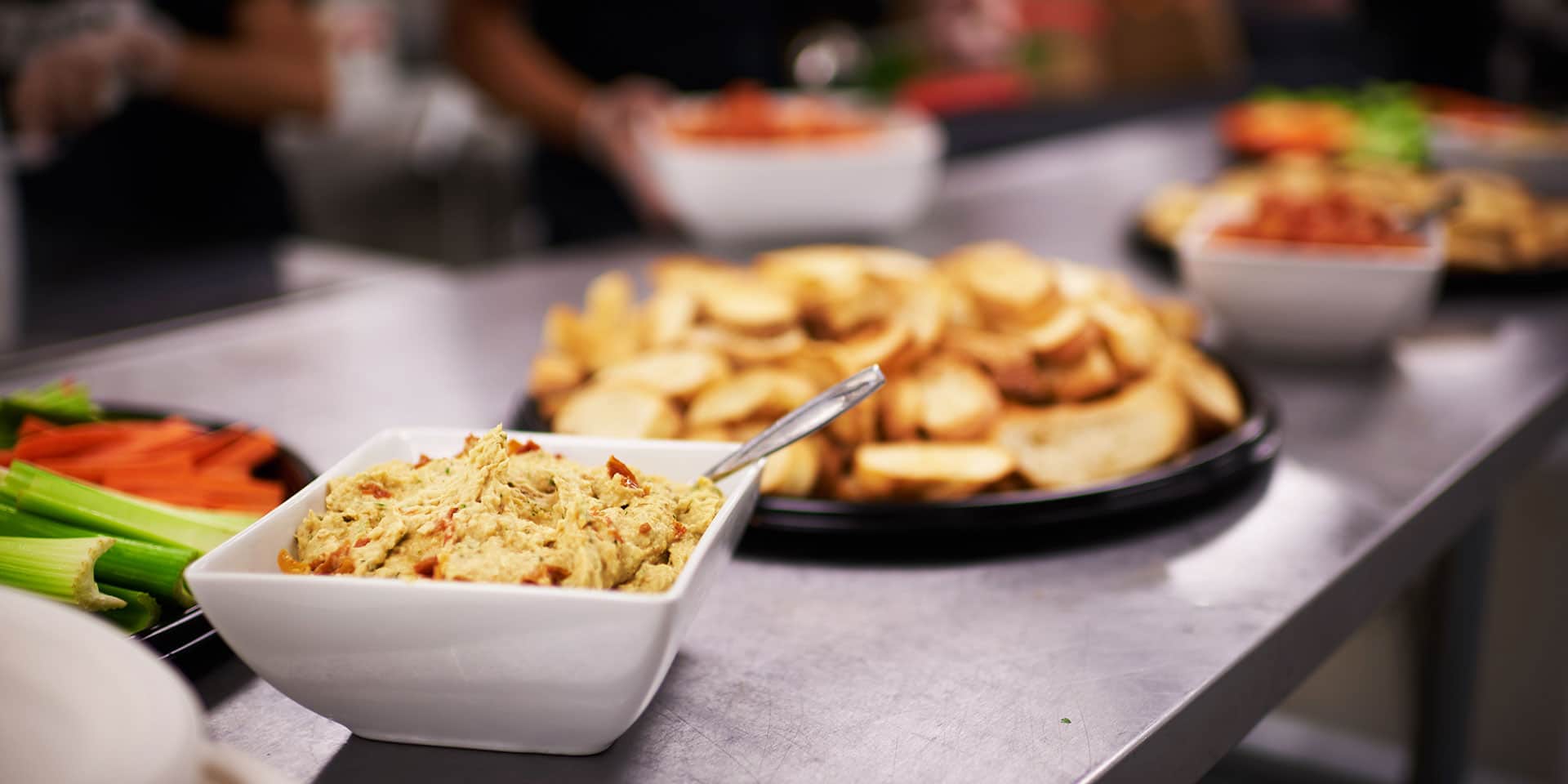
There seems to be a number of chefs who are also activists for ending hunger, like Jose Andres and Tom Colicchio. Are there L.A. chefs who are engaged in this kind of activism here?
Oh, a lot. You know, Roy Choi here with Locol, in the Bay area and here. There’s so many. Chad Houser in Dallas started a program called Café Momentum. … There is FareStart in Seattle that is basically very similar to D.C. Central Kitchen, only they have a café attached to it. … It almost seems to be in the DNA of a new generation of chefs, this idea of, “How can I give back?”
Sometimes it can be symbolic. It’s the idea of, “How do you talk about food in your restaurant?” It’s shying away from the idea that this is the most opulent dinner to this idea of somehow, “How are you retethering the experience back into the community or the place that it came from?”
A lot of people you’ll see [are] also trying to make sure the men and the women in the back that are washing the dishes are being paid fairly. Whether it’s talking about foreign labor or where they source from.
You talked about supporting local vendors. Is there an L.A. food cart that you have to go to?
Oh yeah, Avenue 26 Taco Stand, right across the street from where I work. It’s one of the best food spots in L.A. There’re so many places like that. It’s the small little mom and pops. I mean, now, we’re lucky in L.A. because the food writer here, Jonathan Gold, has a deep love for mom and pops.
And L.A. is fascinating because it’s probably one of the towns that has the most privately owned restaurants in the world. I don’t know any other city where you have so many one-offs.
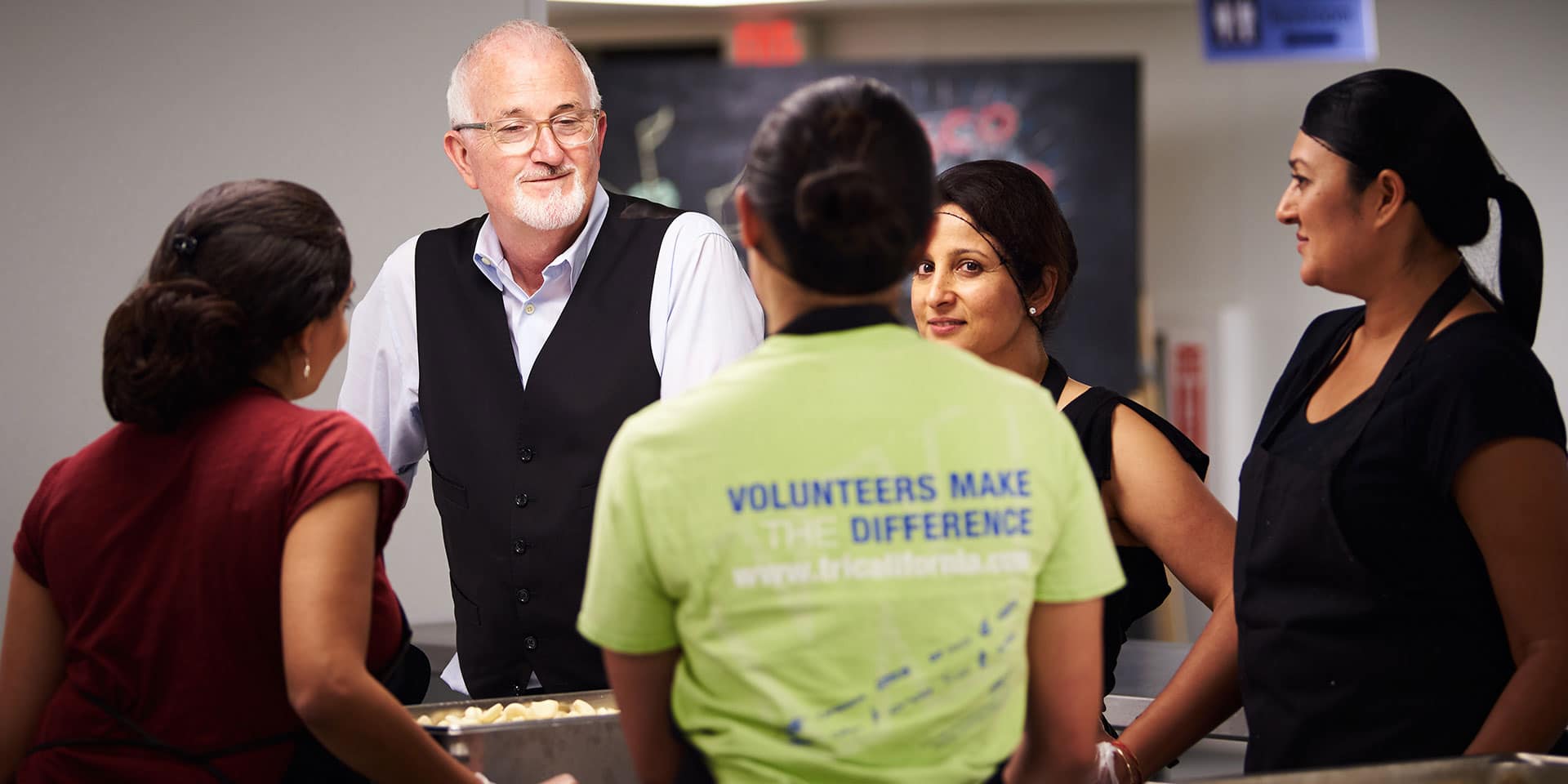
So, how are people connecting with L.A. Kitchen? If someone is visiting and they want to come and volunteer, what’s the experience?
I was adamant that we be near the subway so that we could have good access. I wanted to have a much bigger room — it’s almost a 20,000-square-foot facility — so that we could really bring in 50 to 70 people on a daily basis on two shifts.
The work is a lot more dynamic because the meals we’re producing, they’re plant based. … There’s a lot of chopping and dicing and pureeing and juicing and zesting. So there’s so much work to do, and quite honestly, the smells are fantastic. …
I’ve tried to create a place of vibrancy, of energy, but also, you know, kitchens like ours have one of the rarest things, which is you can see an end product. At the end of the day, you can see a meal going out the door.
Working side by side is a big part, too. Imagine how many places you go in a city, or you sit next to somebody at a restaurant, you’re laying down next to somebody at the beach, but you don’t have a conversation.
At L.A. Kitchen you’re going to be talking with somebody right next to you, and you’re going to actually meet and talk about the community. That, to me, that is the power of what we do. We’re bringing people around a table. So our metaphor is we always love the dinner table, but it’s also the kitchen table, where the meal’s being prepared, that we share.
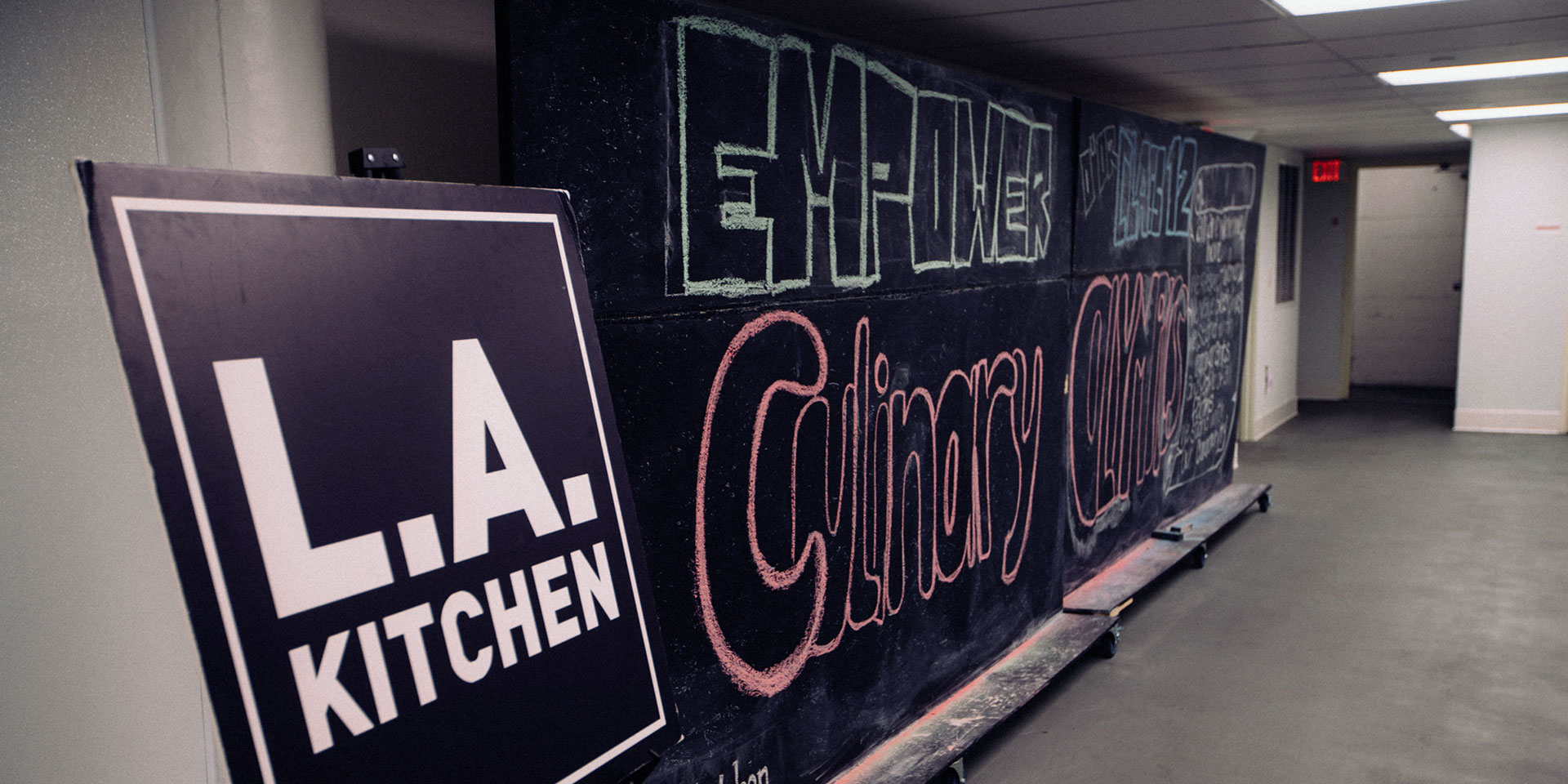
What places would you suggest people visit in L.A. to really get a true sense of the city? Everyone wants to go to the Hollywood sign and all of that. Is there a neighborhood or certain places you feel like are hidden gems here in the city that you think someone should walk around and explore?
I think that Grand Central Market right down the road here at 3rd and Broadway is iconic. It just had its 100th birthday. And it’s been renovated to a certain extent, but it still has an incredible local sense. You know, L.A. has the largest concentration of Armenians, Iranians, South Koreans and, obviously, so many cultures from Central and South America and Mexico.
So what you have here is not only a sea of individually diverse restaurants, but a thousand different versions of a taco, a hamburger, a pastrami. So, Grand Central Market gives you a great taste of L.A. that way.
The downtown is fascinating because you always think of Hollywood, but there is Broadway, and when you look down it, as decrepit as it may seem, you just see all of those marquees, and you could just imagine it in the 1930s, all of those things lit up.
I live up on the top of Mount Washington right outside of town, and I find it fascinating because there’s an old hotel up there, but it was purchased in 1930s or 40s by this guy Yogananda, and he created a center for self-realization — it’s just the most beautiful gardens and view of downtown.
There are so many places. People don’t realize how close Mount Wilson is, and you can drive up top Mount Wilson in an hour and see the entire spread of L.A. I’m a huge desert rat, I go out to Joshua Tree.
Think about it: Within two hours of L.A., you have the high desert of Joshua Tree; you have the mountains of San Bernardino, Big Bear, Arrowhead. Every Sunday morning my wife and I love to go up to Zuma Beach. It is the most beautiful beach, and it’s almost deserted. It’s this just magnificent beach.
But, you know, L.A. is just one giant, sprawling thing. You always think of L.A. as kind of downtown toward the beach, but you realize the bigger part of L.A. is all this giant expanse. … And the real opportunity is not in the core downtown. It’s in the thousands of little mom and pop restaurants, and the thousands of little neighborhoods that are vibrant and alive.
What’s fun, too, is it allows you to see Muslim, Hindu, Sikh — the faith traditions, the cultures —up close and personal. … It almost robs you of your stereotypes. It allows you to meet so many people from around the world, where they live, where they work, in their businesses. You will be amazed, as I often am, at how welcoming and excited they are to meet you and share their culture with you.






